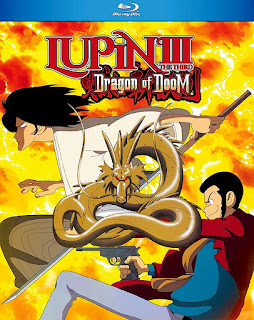

Though she is ultimately after psychiatrist Dr Jeffrey Garth (Otto Kruger), she also approaches two possible female victims. How it came about that she could claim that title above all other vampire girls he sired is left unanswered, but she gets to repeat the classic “I don’t drink. The focus in this production is on Dracula’s eponymous daughter, Hungarian Countess Maja Zaleska, played by stunningly melancholic Gloria Holden. We see a dodgy Lugosi lookalike in a coffin and Van Helsing being arrested for his murder. If only he’d made a Dracula film, but sadly he claimed he actually didn’t like horror movies.This is the direct sequel to Universal’s classic Dracula and follows up immediately where its predecessor left off.

#Blood island asian movie movie#
Despite a few slip-ups, this much maligned picture is a decent war prison movie and again shows the under-appreciated Guest as a good, versatile filmmaker. The male prisoners often look convincingly starved and beaten, though the female prisoners in the camp next door, one of whom is much loved Hammer starlet Barbara Shelley in her first role for the company, mostly look far too glamorous. There’s an extremely suspenseful scene when a man tries to sabotage a radio which is guarded, and some good old escape attempts climaxing in a solid action climax. The script, based on the true life account of an acquaintance of Hammer executive Anthony Nelson Keys who asked that he remained nameless, is sometimes a bit sloppy and fails to make the most of the slightly-too-many subplots, such as an Asian female prisoner who sleeps with the Japanese, but it’s quite intelligent when dealing with Lambert, asking the viewer to wonder whether his actions are really doing much good and leaving us with some ambiguity at the end. Shot in Val Guest’s usual semi-documentary fashion, The Camp On Blood Island isn’t quite as gripping as it should be but is effectively claustrophobic, the Surrey countryside doubling surprisingly well for Malaysia while also being helped by some fine performances especially from Andre Morell as the stoic Colonel Lambert. I really don’t see how folk, at least today, can say that the movie is crass sensationalism. It’s an appropriately grim piece, right from its powerful opening of a prisoner being forced to dig his own grave and then being shot while loads of other prisoners watch, but aside from showing slightly more blood than was normal for the time, it is probably, at least in terms of what you see onscreen, probably less violent than the strikingly similar The Bridge On The Rivier Kwai, while all the accusations of political incorrectness are mostly nonsensical – yes, there are some white actors, including a laughably cockney-sounding Michael Ripper, playing Japanese, and the film does portray the Japanese as being demonic, but the fact remains that many Japanese prisoner-of-war camps were ran just like the one depicted – in fact a great number of them actually had far worse atrocities on their prisoners committed than this film dares to show. This film, Hammer’s second war picture after The Steel Bayonet which is still to get any kind of release for home viewing, was very controversial in its day and for decades was very hard to see, but to be honest it’s hard to see why. However, his acts of sabotage bring about reprisals from the Japanese…. Inmate Colonel Lambert, desperately trying to keep order amongst his men, discovers that the war is over and tries to keep the fact secret from his captors in the hope that the camp will be liberated. Aware that his war crimes will condemn him, Yamamitsu vows to kill all his prisoners if Japan surrenders.

It is 1945 and a prisoner-of-war camp in Malaysia is ruled in brutal fashion by Colonel Yamamitsu and his henchman Captain Sakamura. REVIEWED BY: Dr Lenera, Official HCF Critic Starring: André Morell, Carl Möhner, Edward Underdown, Walter Fitzgerald


 0 kommentar(er)
0 kommentar(er)
